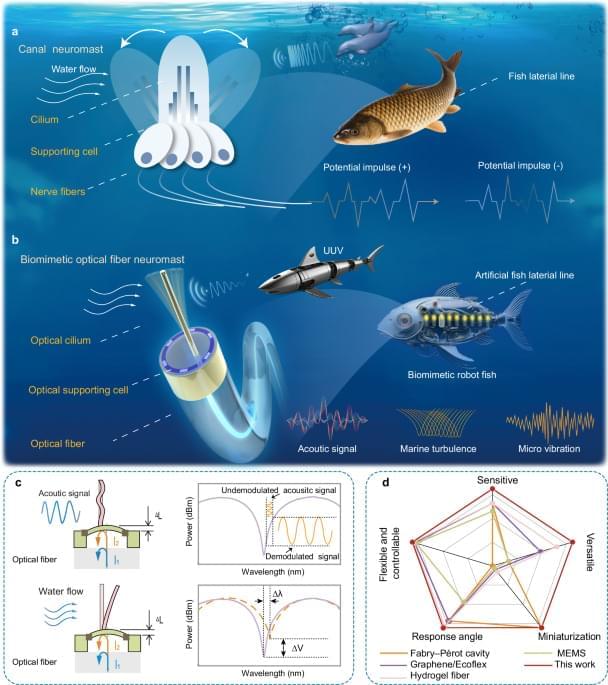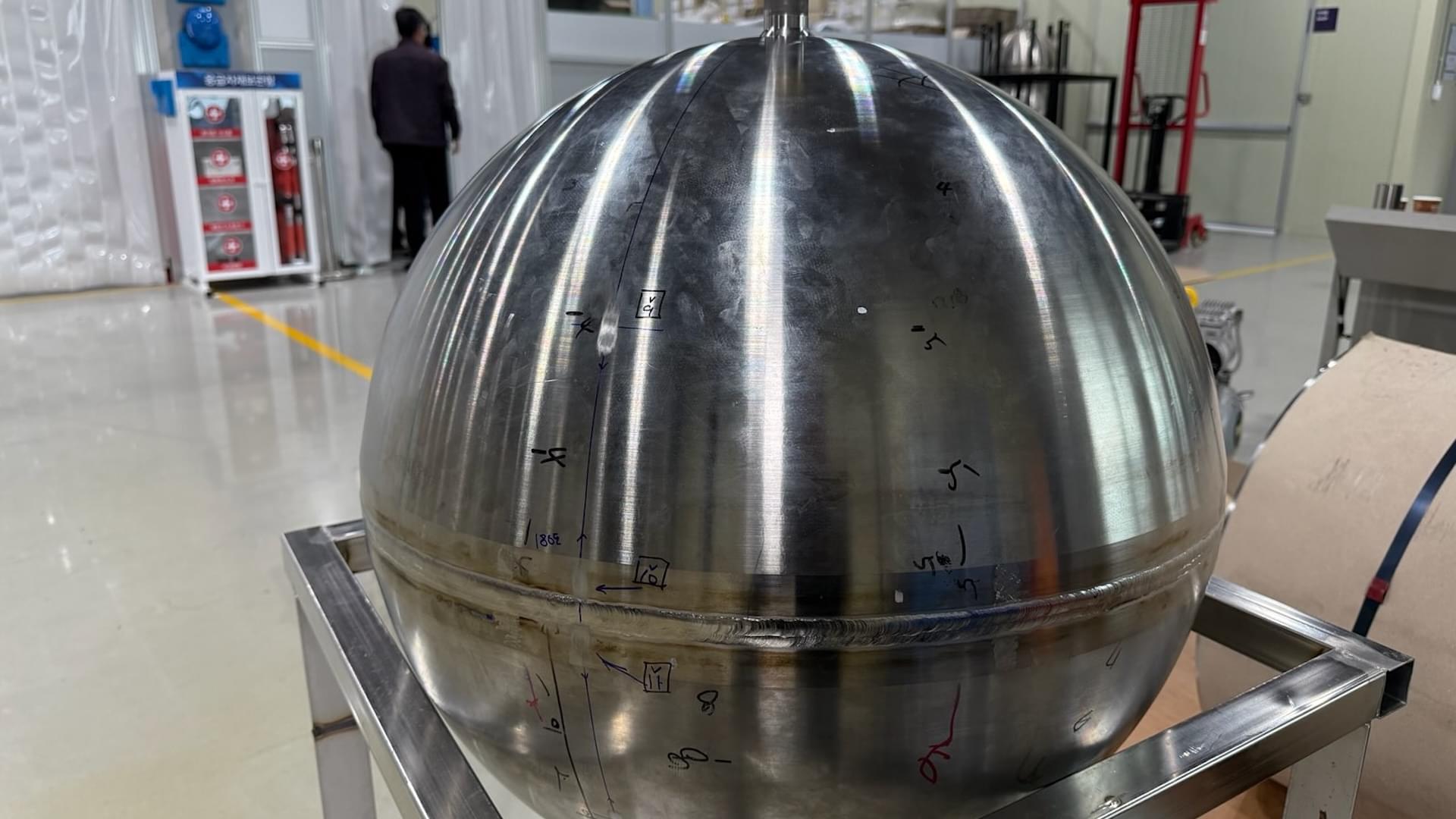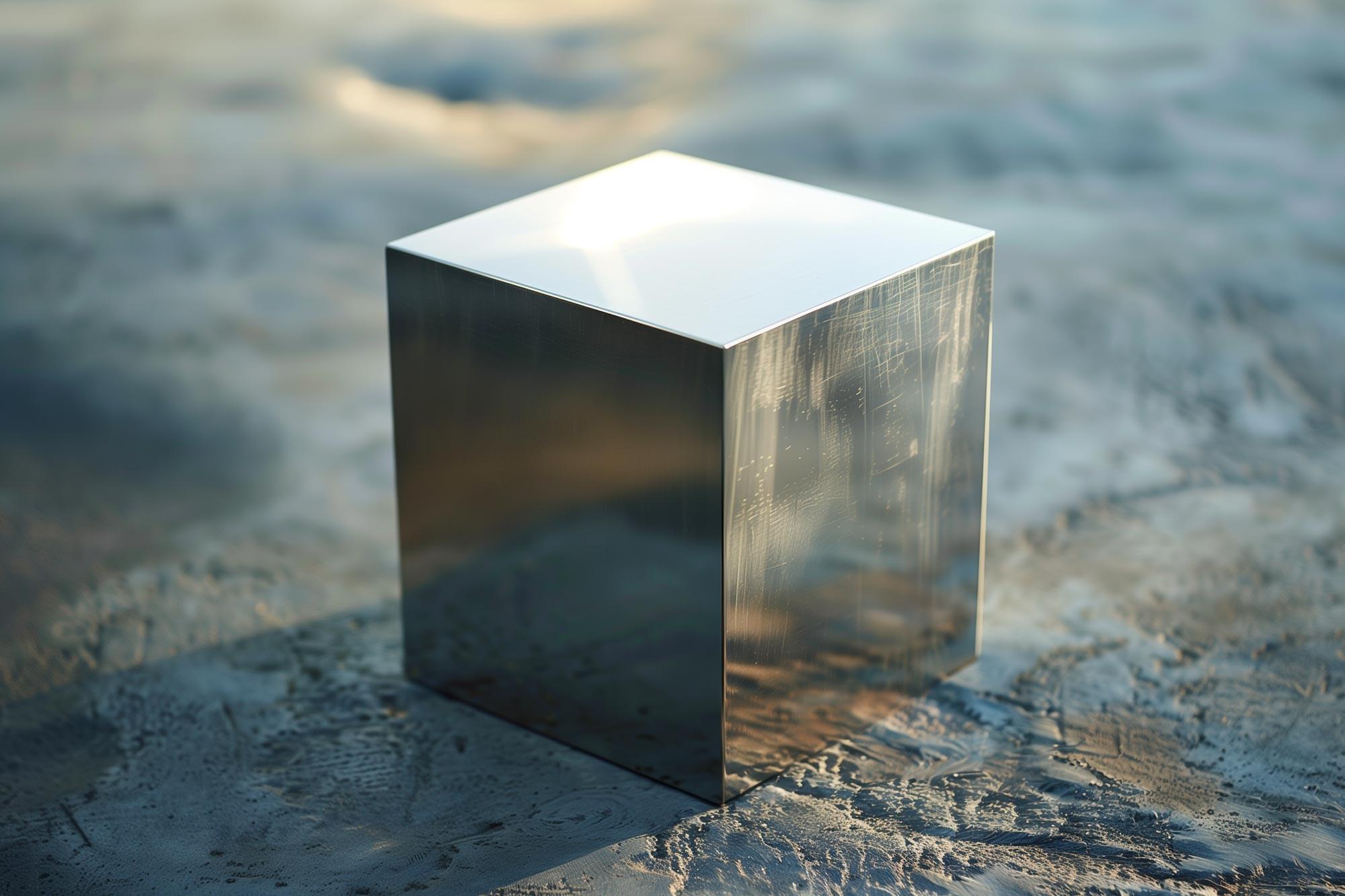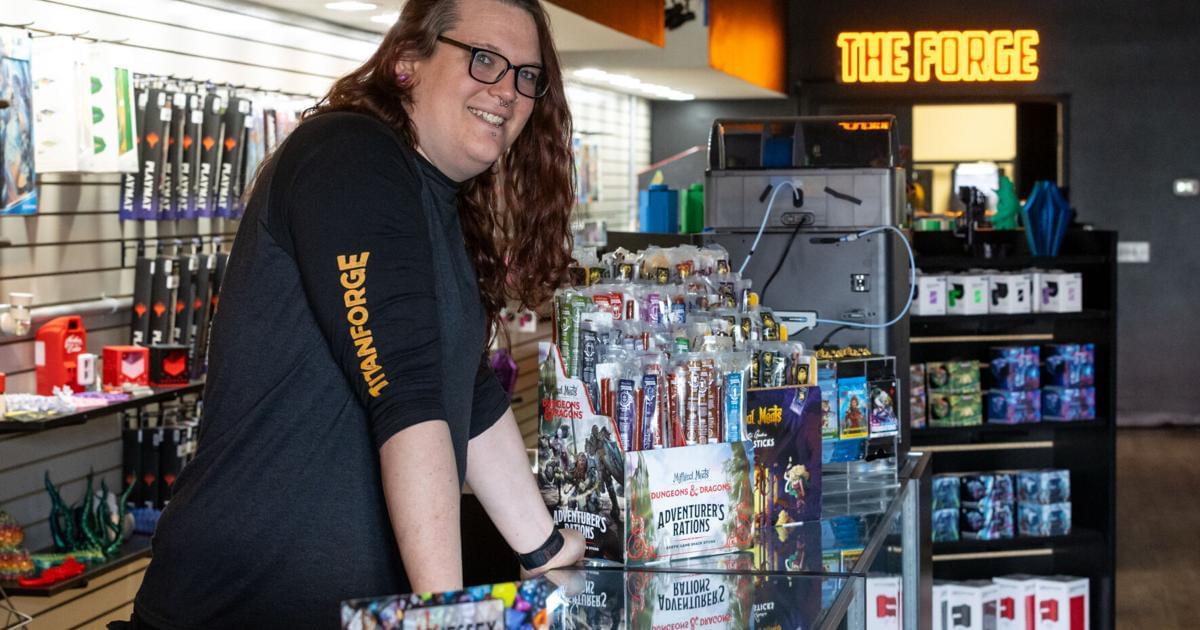Inspired by fish sensory systems, the authors develop a 3D-nanoprinted optical neuromast that enables sensitive, multifunctional underwater detection and communication, opening pathways for marine exploration and monitoring.




Researchers at RMIT University in Australia have developed a new form of titanium for 3D printing that costs approximately 33% less than the titanium alloys currently in widespread use.
Replacing expensive elements
The researchers substituted vanadium, which has become increasingly costly, with more affordable and widely available alternative elements.

In recent years, 3D printing glass optics has gained massive attention in industry and academia since glass could be an ideal material to make optical elements, including the lens. However, the limitation of materials and printing methods has prevented 3D printing glass optics progress. Therefore, we have developed a novel printing strategy for germanate glass printing instead of pure silica. Moreover, compared with traditional multi-component quartz glass, germanate glass has unmatched advantages for its mid-infrared (MIR) transparency and outstanding visible light imaging performance. Furthermore, compared with non-oxide glass (fluoride glass and chalcogenide glass), germanate glass has much better mechanical, physical, and chemical properties and a high refractive index.

Titanforge 3D Printing & Hobbies will open in downtown Harrisonburg on Friday, bringing cutting-edge technology to the forefront of the city’s cultural district.
For weeks, the massive Elegoo Giga 3D printer in the shop’s front window has elicited excitement from people walking along Main Street near Court Square, with passersby wondering what the huge device could be printing. On Friday, Titanforge will hold its grand opening, giving community members the opportunity see what can be made when materials are piled over three feet high on a 2.6-foot square printing bed.
The shop, spearheaded by Erin Tutwiler, manager of Titanforge, will offer 3D-printed tabletop gaming accessories as well as other retail supplies like trading cards, dice, and game mats. Two kittens, named Titan and Forge, will also be present to greet customers.
Explores the groundbreaking world of 3D bioprinting in regenerative medicine, where custom organs printed layer-by-layer from human cells are transforming transplantation. In this video, we uncover the latest advances in bioprinting technology, from biocompatible bioinks to vascularized tissue scaffolds that mimic natural organ architecture.
Dive into the science behind printing life as we showcase flagship projects: a beating mini heart engineered with human cardiomyocytes; 3D-printed liver organoids that perform metabolic functions; and personalized kidney scaffolds seeded with patient-derived stem cells. Learn how bio-printed skin grafts with integrated blood vessels accelerate wound healing and reduce scarring and discover innovations in printing complex structures like pancreas and lung tissue.
We break down key techniques—extrusion-based bioprinting, stereolithographic printing, and sacrificial ink methods—that enable high-resolution, cell-friendly constructs. Our experts explain challenges in tissue vascularization, bioink formulation, and regulatory pathways for clinical use. Gain insights into clinical trials driving the future of organ transplants without donor shortages.
Whether you’re a biotech researcher or tech enthusiast, this video offers insights and case studies. Don’t miss this cutting-edge guide to 3D bio-printed organs and tissue engineering.
#techforgood #futureofmedicine #aiinhealthcare #medicalai #bioprinting #tissueengineering #explainervideo #scienceexplained

A cheetah’s powerful sprint, a snake’s lithe slither, or a human’s deft grasp: Each is made possible by the seamless interplay between soft and rigid tissues. Muscles, tendons, ligaments, and bones work together to provide the energy, precision, and range of motion needed to perform the complex movements seen throughout the animal kingdom.



Imagine if doctors could precisely print miniature capsules capable of delivering cells needed for tissue repair exactly where they are needed inside a beating heart. A team of scientists led by Caltech has taken a significant step toward that ultimate goal, having developed a method for 3D printing polymers at specific locations deep within living animals. The technique relies on sound for localization and has already been used to print polymer capsules for selective drug delivery as well as glue-like polymers to seal internal wounds.
(Someone already probably posted this. This is jus from Caltech)
When the team used the DISP platform to print polymers loaded with doxorubicin, a chemotherapeutic drug, near a bladder tumor in mice, they found substantially more tumor cell death for several days as compared to animals that received the drug through direct injection of drug solutions.
“We have already shown in a small animal that we can print drug-loaded hydrogels for tumor treatment,” Gao says. “Our next stage is to try to print in a larger animal model, and hopefully, in the near future, we can evaluate this in humans.”
The team also believes that machine learning can enhance the DISP platform’s ability to precisely locate and apply focused ultrasound. “In the future, with the help of AI, we would like to be able to autonomously trigger high-precision printing within a moving organ such as a beating heart,” Gao says.